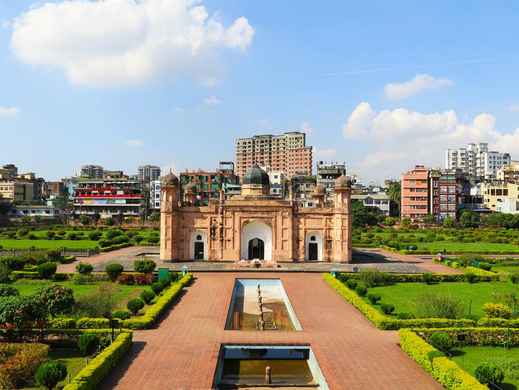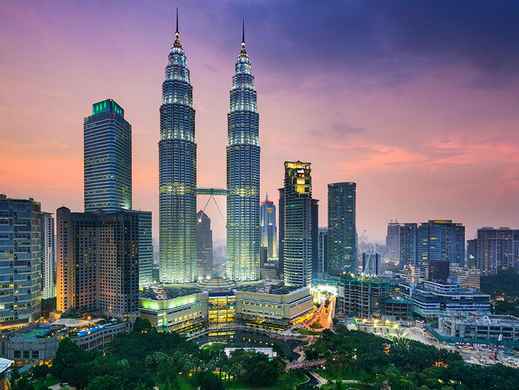


Sri Lanka
Asia
/
Sri Lanka
Sri Lanka, the resplendent island nation in South Asia, beckons travelers with its rich tapestry of culture, history, and natural wonders. This tropical paradise, formerly known as Ceylon, boasts an array of UNESCO World Heritage Sites, including the ancient city of Sigiriya with its iconic rock fortress and the sacred city of Anuradhapura. From pristine beaches along the Indian Ocean to lush tea plantations in the central highlands, Sri Lanka offers diverse landscapes that captivate visitors from around the globe.
Embark on a journey through this teardrop-shaped island and discover the warmth of its people, the flavors of its cuisine, and the allure of its wildlife. Explore the bustling streets of Colombo, the vibrant capital city, or venture into Yala National Park for a chance to spot elusive leopards and majestic elephants. Whether you're seeking adventure, relaxation, or cultural immersion, Sri Lanka's blend of ancient traditions and modern charm promises an unforgettable travel experience that will leave you longing to return.

Get to Know Sri Lanka
Take a tour of this destination's highlights
Popular Areas in Sri Lanka

Travel Tips for Sri Lanka
What you need to know before traveling here
Practical Tips for Sri Lanka
Things to prepare and best way to visit
The best time to visit Sri Lanka depends on which part of the country you plan to explore. Generally, December to March is ideal for the western and southern coasts and the hill country, while the east coast is best from April to September. The country experiences two monsoon seasons: the southwest monsoon from May to September affects the west and southwest coasts, while the northeast monsoon from October to January impacts the east coast. However, Sri Lanka can be visited year-round, with each season offering unique experiences and attractions.
Most foreign tourists need a visa to enter Sri Lanka. The easiest way to obtain one is through the Electronic Travel Authorization (ETA) system, which can be done online before arrival. The ETA is valid for 30 days and can be extended for up to 6 months after arrival. Some nationalities may be eligible for visa-free entry or visa on arrival, so it's best to check the official Sri Lanka Immigration website for the most up-to-date information regarding your specific country.
Sri Lanka is generally considered safe for tourists, with friendly locals and a well-developed tourism infrastructure. However, as with any travel destination, it's important to exercise common sense and take standard precautions. Be aware of your surroundings, avoid walking alone at night in unfamiliar areas, and keep your valuables secure. It's also advisable to stay informed about current events and follow any travel advisories issued by your government. Overall, most tourists have a safe and enjoyable experience in Sri Lanka.
Sri Lanka offers a diverse range of attractions for tourists. Some must-visit places include the ancient cities of Anuradhapura and Polonnaruwa, the rock fortress of Sigiriya, the Temple of the Tooth in Kandy, the tea plantations of Nuwara Eliya, the beaches of Mirissa and Unawatuna, Yala National Park for wildlife safaris, and the colonial-era Galle Fort. The country also boasts beautiful train journeys, such as the scenic route from Kandy to Ella, and numerous Buddhist temples and Hindu kovils worth exploring.
The local currency is the Sri Lankan Rupee (LKR). While major hotels, restaurants, and shops in tourist areas often accept credit cards, it's advisable to carry some cash, especially when traveling to rural areas or smaller establishments. ATMs are widely available in cities and tourist areas, allowing you to withdraw local currency. It's recommended to inform your bank about your travel plans to avoid any issues with your cards. Some high-end establishments may accept US dollars, but it's best to use the local currency for most transactions.
See All Practical Tips for Sri Lanka

Explore Sri Lanka
Create your itinerary with our top picks below

Get to Know Sri Lanka

Travel Tips for Sri Lanka

Explore Sri Lanka


































 Facebook
Facebook Instagram
Instagram TikTok
TikTok Youtube
Youtube Telegram
Telegram
